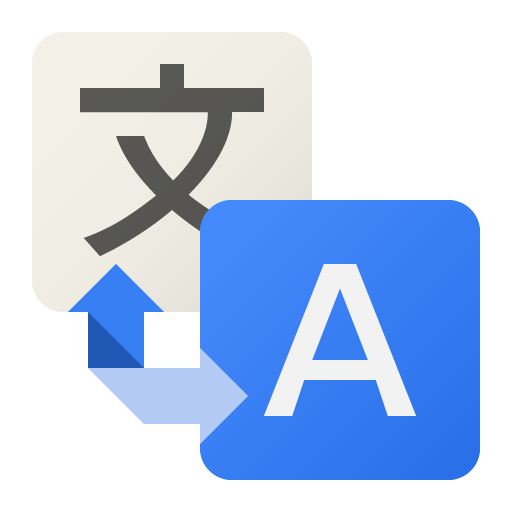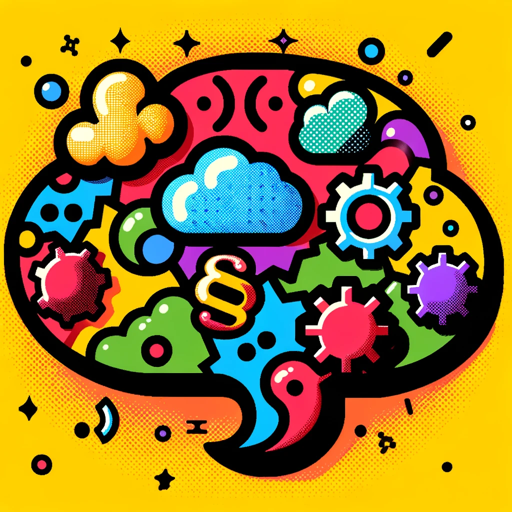DriveGPT-AI driving command generator
AI-Powered Driving Guidance and Simulation
DriveGPT take the wheel
Related Tools
Load More
GPTs Finder
Search OpenAI for specific GPTs

GPT Search
GPT search. Click ["] to start working.

GPT Finder
Find best GPTs for your specific purposes, intelligently browse the web of 20000+ GPTs

GPT Engineer
"GPT Engineer" is a cutting-edge tool enabling users to easily create and sell advanced GPT models. Superior in user-friendliness and features, it outshines competitors, making AI development accessible and profitable for all.

GPT Devs Support
A specialized assistant for GPT developers

GPT to Ban GPT
Need to ban chatGPT in your organization?
20.0 / 5 (200 votes)
Introduction to DriveGPT
DriveGPT is a specialized AI model designed to assist in automotive navigation and driving tasks. Its primary purpose is to interpret driving conditions and provide appropriate commands or suggestions to enhance driving safety and efficiency. DriveGPT can simulate decisions a human driver would make, such as accelerating, braking, turning, or signaling. For example, in a scenario where a pedestrian is crossing the road, DriveGPT would identify the pedestrian and issue a 'brake' command to ensure safety. In another scenario, if the car is approaching a highway exit, DriveGPT might issue a 'signal_right_turn' followed by a 'turn_right' command to guide the vehicle off the highway.

Main Functions of DriveGPT
Acceleration and Braking Control
Example
DriveGPT analyzes the distance to the car ahead and adjusts the speed accordingly.
Scenario
On a busy city street, if the car ahead slows down unexpectedly, DriveGPT will issue a 'brake' command to avoid a collision, and then an 'accelerate' command once the path is clear.
Navigation and Turn Signals
Example
DriveGPT provides turn-by-turn navigation and signals appropriately before making turns.
Scenario
When approaching an intersection where a left turn is required, DriveGPT will issue a 'signal_left_turn' command followed by a 'turn_left' command to navigate through the intersection safely.
Pedestrian and Obstacle Detection
Example
DriveGPT identifies pedestrians and obstacles and reacts to ensure safety.
Scenario
In a residential area, if a child runs onto the road chasing a ball, DriveGPT will immediately issue a 'hard_brake' command to stop the vehicle and avoid an accident.
Ideal Users of DriveGPT
Autonomous Vehicle Developers
DriveGPT provides the decision-making algorithms necessary for developing and refining self-driving cars, helping these developers to create safer and more reliable autonomous driving systems.
Advanced Driver Assistance System (ADAS) Integrators
Companies integrating ADAS into vehicles can use DriveGPT to enhance their systems with advanced features like automatic emergency braking, adaptive cruise control, and lane-keeping assistance, thereby improving overall vehicle safety and driver convenience.

How to Use DriveGPT
Step 1
Visit aichatonline.org for a free trial without login, also no need for ChatGPT Plus.
Step 2
Navigate to the DriveGPT section and select your preferred interface for interaction.
Step 3
Familiarize yourself with the JSON response structure to understand the commands and outputs.
Step 4
Start by inputting a driving scenario or specific query to see DriveGPT's response and guidance.
Step 5
Experiment with different driving scenarios and commands to optimize your experience and understand the full range of functionalities.
Try other advanced and practical GPTs
DSA and SQL GPT
AI-Powered Learning for DSA and SQL

Web Quality Analyst
AI-powered web quality evaluation

SBF-GPT
AI-driven insights and solutions.

Is it a ranking factor?
AI-powered SEO insights and analysis.

Sakura AI
Engage, Create, and Optimize with AI.

Translator
AI-powered translation between English and Chinese.

Retro Adventures
AI-Powered Retro Pixel Art Adventures

GPT Teacher
AI-Powered Interactive Learning Tool

LUA Expert Code Creator
AI-powered Lua script assistance for Roblox developers.

Whitehead's Philosophy of Organism
AI-powered guide to Whitehead's philosophy.

妄想くん
Transforming images into imaginative stories
GPT API Assistant Cir 11 8 23
Optimize your API integration with AI-powered precision

- Training
- Simulation
- Navigation
- Assistance
- Safety
DriveGPT Q&A
What is DriveGPT?
DriveGPT is an AI-powered tool designed to provide driving-related guidance and responses in JSON format. It helps simulate driving scenarios and offers commands such as 'accelerate', 'brake', and 'turn_left'.
How can I access DriveGPT?
You can access DriveGPT by visiting aichatonline.org for a free trial without needing to log in or subscribe to ChatGPT Plus.
What are the main functionalities of DriveGPT?
DriveGPT provides various driving commands, pedestrian detection, and scenario simulation. It's designed to help users understand and navigate different driving conditions.
Is DriveGPT suitable for learning how to drive?
While DriveGPT offers valuable driving scenario simulations, it's not a substitute for practical driving lessons. It can be used as a supplementary tool for understanding driving dynamics.
Can DriveGPT be integrated into other applications?
Yes, DriveGPT can be integrated into other applications through its JSON response structure, making it versatile for various driving-related applications and simulations.